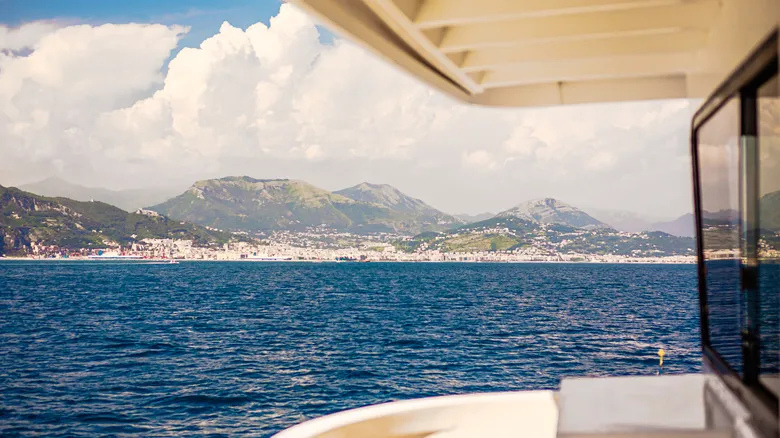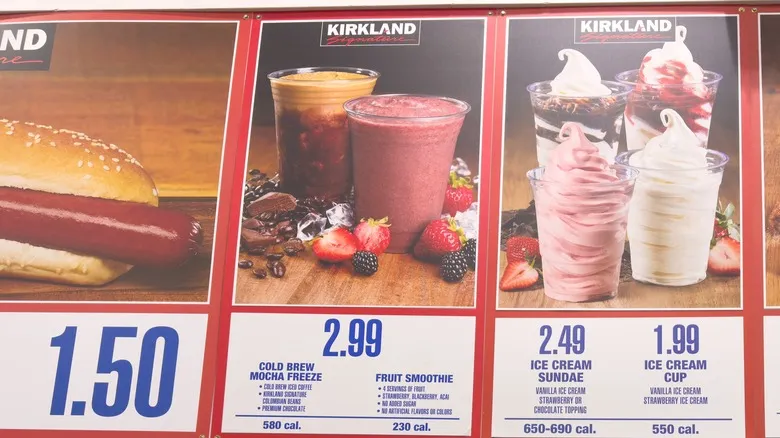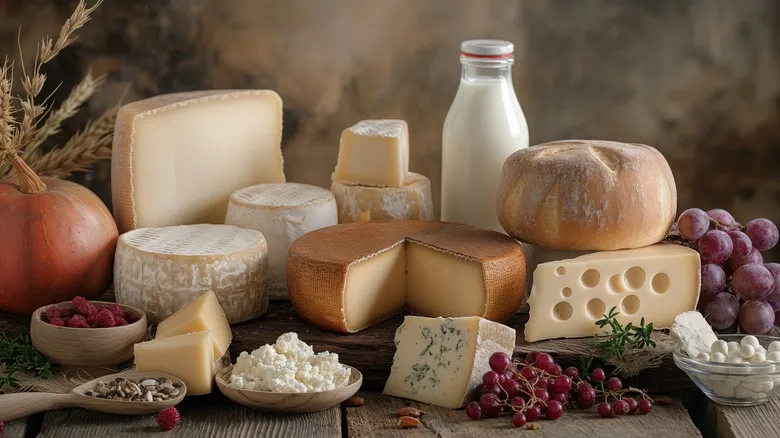Why using (part) ocean water makes sense

While it's crucial to add salt to your water before boiling noodles, cooking your pasta—or anything—entirely in seawater would leave you with a puckered mouth. The ocean's salt concentration is about 3.5% salinity, which is why you should avoid salting your pasta water to the same level as a mouthful of seawater. To achieve the right saltiness, you need to dilute it with fresh water, as Giada De Laurentiis suggests. For every 4 quarts of water, add 2 tablespoons of salt.
The advantage of using seawater—if you're fortunate enough to be near the ocean at mealtime—is the rich, complex flavor that table salt simply can't provide. This is due to the unique blend of minerals and elements found in different oceans, which means your noodles will absorb a distinctive depth of flavor specific to that region. For instance, when De Laurentiis cooks with water from the coast of Italy, the flavor of that water and the resulting pasta will differ from water taken from the Pacific Ocean. Regardless of the source of your salt, whether from the tap or the Mediterranean Sea, this step not only enhances the flavor of your noodles but also improves their texture, resulting in less mushy pasta.
Is ocean water safe to cook with?

We all have our preferences when it comes to water quality — and rightly so. Whether you're enjoying safe, clean tap water or going the extra mile to filter your home's water with devices like reverse osmosis systems or Brita pitchers, most of us would never consider drinking directly from a lake or river. By the same token, is it truly safe to consume food cooked in unfiltered seawater, as demonstrated in Giada De Laurentiis' video?
This is a valid concern, especially since the water you collect could contain various contaminants, motor oil, bacteria, and even the alarming "forever chemicals." While using seawater for cooking is a common practice in many cultures around the globe, home cooks — particularly those far from the coast — might find it a bit surprising. Most experts suggest that as long as you’re not sourcing water from a known polluted area, gathering it from as far offshore as possible, and boiling it thoroughly (as you would when cooking pasta), there’s likely no reason to worry.
If you’re feeling uncertain, a bit squeamish, or simply don’t have the luxury of cooking pasta on the open sea (which is totally relatable!), just reach for your regular salt shaker. Your more conventional sodium source will still add plenty of flavor!
Recommended

The Concerning Mystery Behind Costco's Food Court Frozen Coffee

Yes, Cheese Sweats Are A Thing — Here's Why It Happens

What To Do With The Cream In Canned Coconut Milk

Are Pimentos And Roasted Red Peppers The Same Thing?
Next up

